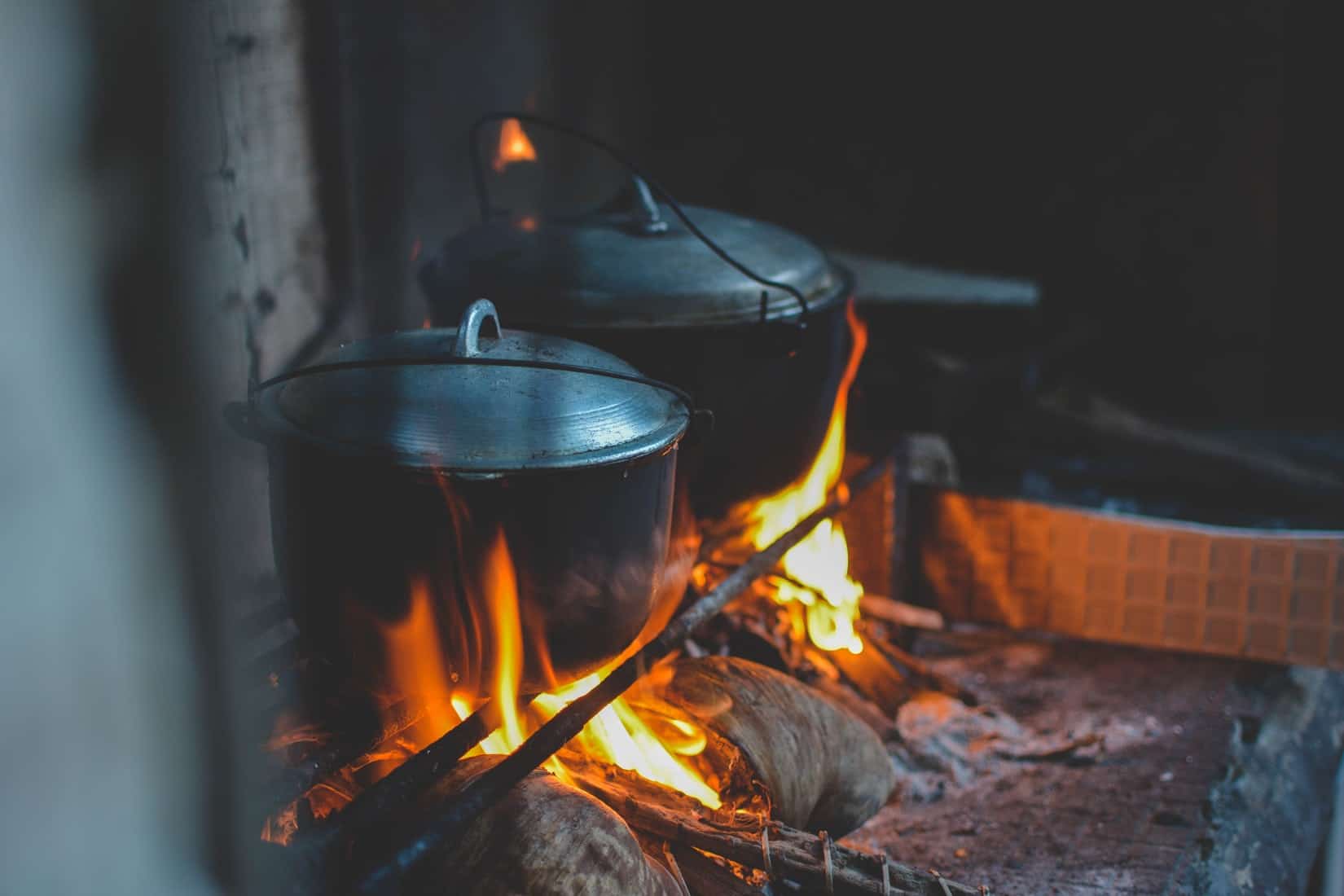Joyce Njenga was delighted when she substituted an energy-saving stove for her conventional open-fire stove. This is because lived up to its expected efficiencies: using less firewood and half the cooking time. But it also keeps her family warm in cold weather.
“When I finish cooking in the kitchen, I carry the cooker to the living room where my family keeps warm for the rest of the evening,” the mother-of-five said. And she puts water on the stove before bed. So by the time the sun rises above Nguriunditu village in central Kenya, a warm bath is ready.
The stove is known locally as jiko okoa. It is a Swahili term meaning a cooker that saves energy. More than 100,000 homes in Kenya for food preparation use the said stove, said Joseph Njoroge. Njoroge is the chief secretary of the Ministry of Energy and Petroleum. But, he said, a third of users discovered an additional benefit from it: heating.
With the country’s meteorological department warning in June because of the effects of climate change, the cold season could get chillier in the future, that number could increase.
Health Impact
Burning wood, coal or kerosene indoors – as the International Energy Agency (IEA) says about 2.8 billion people worldwide do every day – can be extremely harmful. According to a 2017 IEA survey, the related pollution kills around 2.8 million individuals per year. The health burden, which includes strokes, heart disease, breathing disorders and lung cancer, falls mainly on women and young children, according to the World Health Organization.
In order to tackle that, the U.N. Foundation in 2010 launched a worldwide program to tackle the problem of illness and deaths from indoors cooking. This campaign is managed by the Global Alliance for Clean Cookstoves initiative. This aims to provide clean and reliable stoves and fuels to 100 million households by 2020.
By 2017, the alliance said it had distributed about 81 million stoves worldwide. This includes Kenya that were clean or efficient or both.
Njenga’s stove came from a different effort, the Muguga Ecosystem Research Community Forest Association (MERCFA), a community-based organization.
Simon Kamonde, who chairs MERCFA, said demand for stoves, which are funded in collaboration with the government by the African Development Bank, was strong because they save energy and have several uses. “It has a clay lining that prevents heat from escaping, uses two firewood sticks at a time, is very quick to cook with, and does not release a lot of smoke, making it ideal for warming in modern homes,” he said.
More Efficient Stoves
More efficient stoves are healthier. In western Kenya, a 2016 study showed that they created less toxins than the conventional cooking fire, set in the midst of three big stones used to support a pot. The study found harmful small particulate matter dropped as much as 42 percent. While carbon monoxide emissions were down as much as 34 percent. However, the study found that the efficient stoves still produced more than the WHO-recommended levels of small particulate matter emissions.
The risk of carbon monoxide poisoning was not likely when using the jiko okoa, MERCFA’s Kamonde said. This is a known problem with burning fuels such as firewood and charcoal indoors. Because its design funnels more oxygen into the wood while it burns. MERCFA discourages the use, which is more polluting, of charcoal.
In the village of Njenga, more than 200 out of 600 homes now use a stove. Kamonde said MERCFA plans to deliver it by the end of next year to more than 5,000 homes in the county. Using the stoves also implies that in nearby Muguga forest, less trees are felled, Kamonde said.
“Within one year, a family that used about six trees per month for firewood is now using two trees,” he said. In Njenga’s case, using the traditional three-stone hearth required 600 kilograms of wood a month. Now she uses no more than 100 kilograms, she said.




